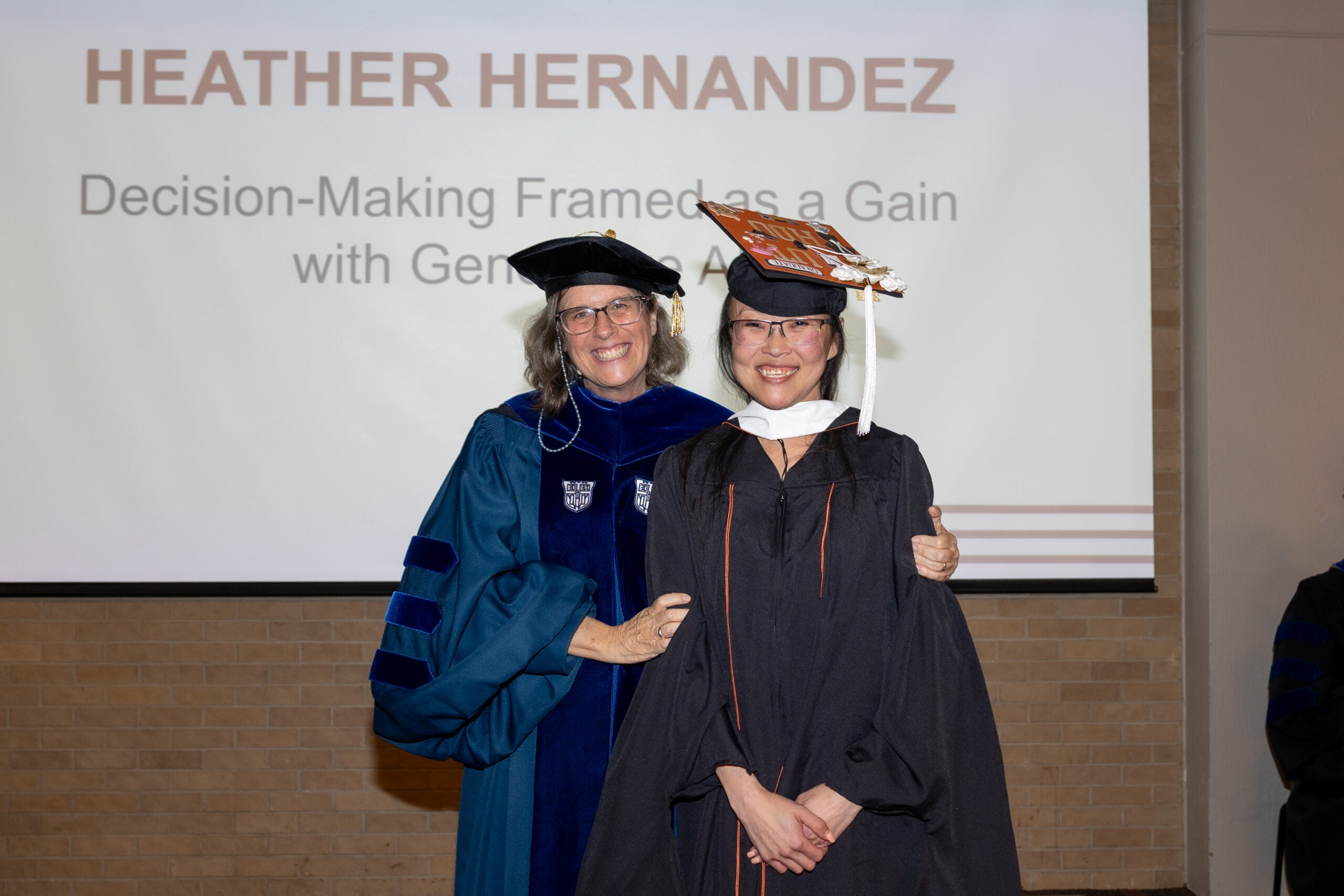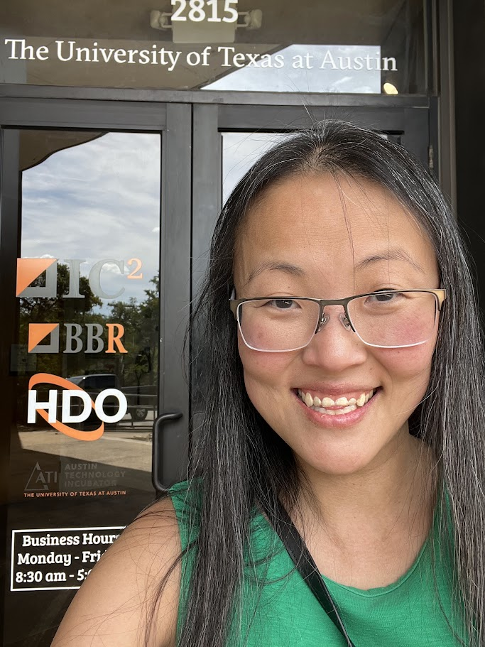
What if the secret to your next breakthrough idea isn’t in the data you’re collecting, but in the connections you’re missing?
We’ve all been there: sprinting through a famous museum, eager to get to the next masterpiece. We snap a photo, give the painting a quick glance, and move on. Data confirms this behavior: studies at the Metropolitan Museum of Art found the average visitor spends just seconds with a single work of art. The message is clear: we are “art sprinters,” valuing the quantity of what we see over the quality of what we understand.
But in doing so, we’re missing the most valuable resource of all: causal knowledge.
What if I told you that by training yourself to look at art for three hours, you could fundamentally change how you approach and solve any problem in your life?
Art & How to Art
A couple of months ago, I wrote an article on LinkedIn about looking for solutions in different domains. My dad, avid reader and one of my biggest fans, found a related article that captured my attention. The NY Times article, “The Three-Hour Challenge: 180 Minutes with Las Meninas” featured Harvard’s Professor Jennifer L. Roberts, who gave her students a powerful classroom assignment. After decades of research, Dr. Roberts realized that “just because you have looked at something doesn’t mean you have seen it.”
This is a concept we instinctively understand. You can open a book, know its title and author, but you haven’t engaged with its content – the words, plot, and characters. That book’s story might also resonate differently with your lived experiences than it does with someone else’s.
Professor Roberts’s work is like a detective show for art. She’s not just looking at the finished painting; she’s investigating the evidence. This evidence, which she calls “material intelligence,” is the hidden meaning and history encoded within the physical object itself. It’s the type of paint, the texture of the canvas, or the tools the artist used. It’s the difference between looking at a photograph of a crime scene and examining the fingerprints and DNA. The clues are all there, but only a trained eye knows how to read them. Staring at a piece of art with the goal of deriving these insights would grant anyone the wish of uncovering a story from the past.
The Surprising Truth About What You Miss
A 2001 study by J.K. Smith and L.F. Smith at the Metropolitan Museum of Art found that the average amount of time visitors spent looking at a work of art was just 27.2 seconds. A later 2016 study found very similar results (average viewing time: 28.63 seconds), suggesting that this behavior has not changed drastically despite the rise of smartphones.
The studies were ethnographic observations – a non-intrusive data collection method. The researchers didn’t interact with visitors to avoid the Hawthorne effect, where people change their behavior when they know they’re being watched. This confirms that our fast-looking habits are often unconscious. The studies also found that variables like gender, guessed age, and group size had no statistically significant impact on viewing time. This reveals that the tendency to “sprint” is a widespread human behavior, not tied to any specific demographic.
The Zipper Analogy: Exposing Knowledge Gaps🪡
Just as a casual art viewer believes they know a painting, an observer believes they understand a zipper. But their knowledge is superficial, focused only on the final outcome (a closed zipper).
According to the principles of System 1 (fast) thinking, our brains default to the simple observation: “It pulls up and down to open and close.” This describes the effect without understanding the cause.
To expose the causal knowledge hidden beneath the surface, you must engage System 2 (slow) thinking and ask a different set of questions:
- What is the specific geometry of the teeth that allows them to interlock?
- How does the pull tab actually lock the teeth together and release them?
- What problem does the small rectangular piece at the bottom solve?
The inability to answer these questions reveals a critical knowledge gap. The observer understood the outcome but not the process. This mirrors the experience of “slow looking” at art; the goal isn’t just to describe the painting but to understand the causal chain that created it.
From the Museum to the Boardroom: The HDO Connection
This is where my experience as an HDO student has been a game-changer. The core of the UT HDO program is to get you to move beyond surface-level information and into human-centered design. We practice being “organizational marathoners” by engaging in deep listening and observation.
In our program, we learn to apply a forensic investigation approach to human behavior. Just as an art historian uncovers hidden clues in a painting, we are taught to look for the root causes of problems in an organization. We ask:
- What is the unspoken frustration?
- What is the human need behind this data point?
- What are the causal links between a product’s design and a customer’s behavior?
This deliberate practice of “slow looking” at human behavior is what separates a good solution from a truly innovative one. It is the work that reveals the nested “why” behind a problem, ensuring the solution is relevant, impactful, and less likely to fail.
Just as an observer might believe they know how a zipper works, a casual art viewer believes they know a painting. But when asked to explain the mechanics of a zipper – the “why” and the “how” – the gaps in their knowledge are immediately exposed.
The Ultimate ROI: A More Resilient Mind
The benefits of this mindset aren’t just for business. The real value is in the kind of leader, collaborator, and thinker you become.
- You build patience – a rare commodity in our fast-paced world.
- You develop empathy – because you’ve trained yourself to see the world from another’s perspective.
- You gain resilience – knowing that the most valuable answers are often found by digging deeper, not by going faster.
The next time you’re faced with a challenge, don’t just rush to a solution. What is the one thing in your work, your life, or your industry that deserves three hours of your undivided attention?
The answer may not be a new set of facts, but a new way of seeing the ones you already have.

Heather Hernandez
This article is possible thanks to the UT HDO Master’s program, from which I graduated in December 2024. The program and rigor are truly life-changing! I use something from HDO every single day and share what I have learned with anyone who will listen. I am humbled with the quality knowledge I have gained from the program.
I would love to connect and share what I’ve learned from almost two decades in Innovation, technology in Financial Services, and Artificial Intelligence. I am also working on a deeper dive series on this topic and more so I can continue sharing what I learned and how I am incorporating it. https://www.linkedin.com/in/heatherhernandez/
